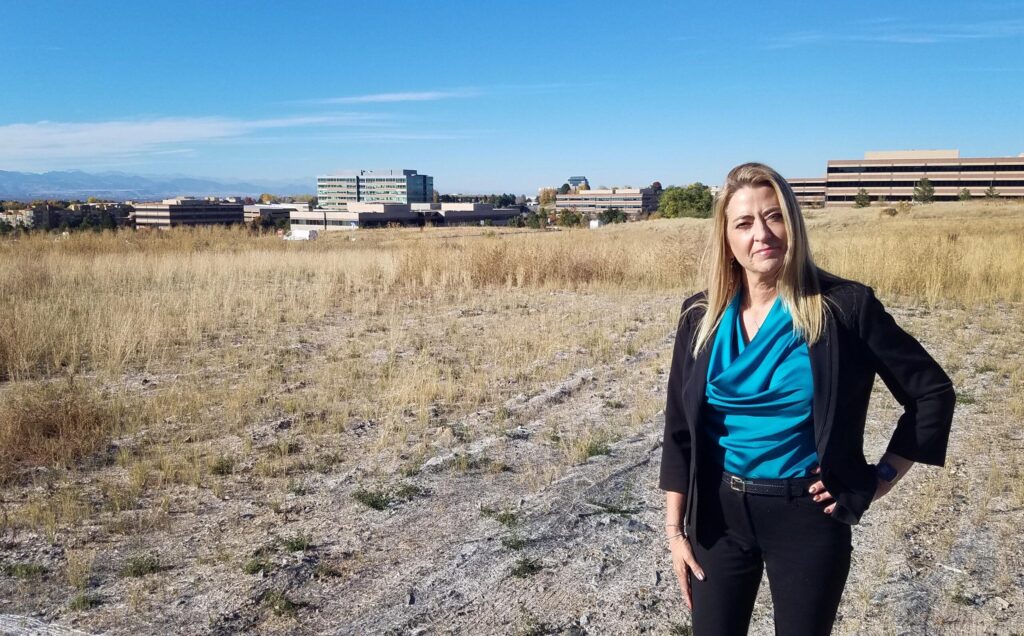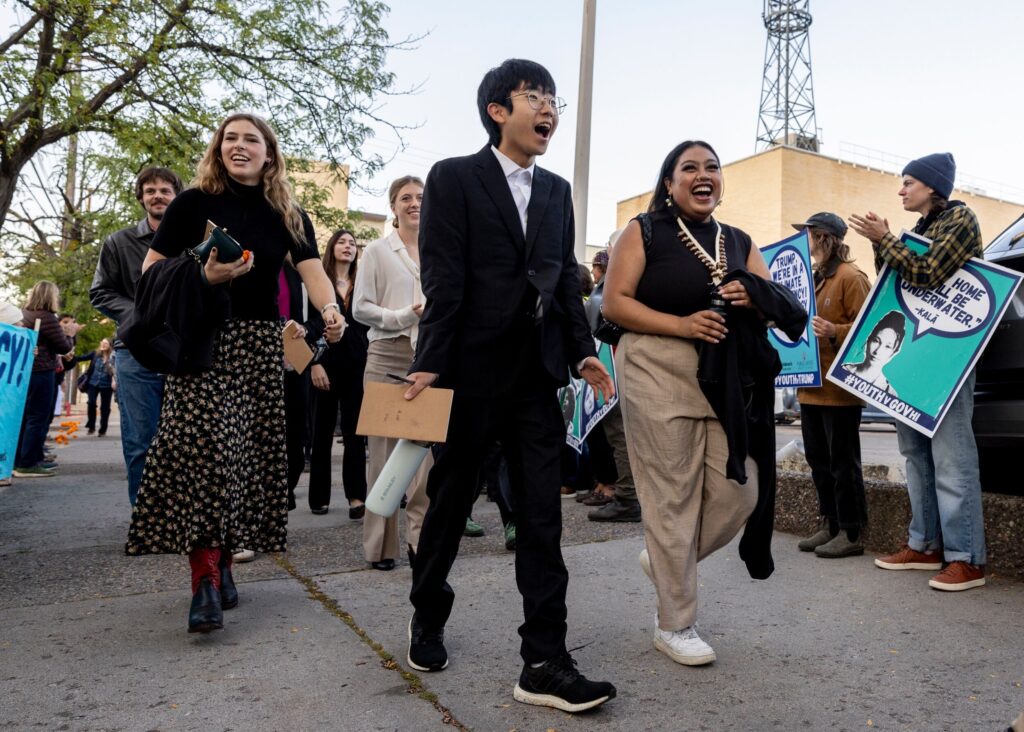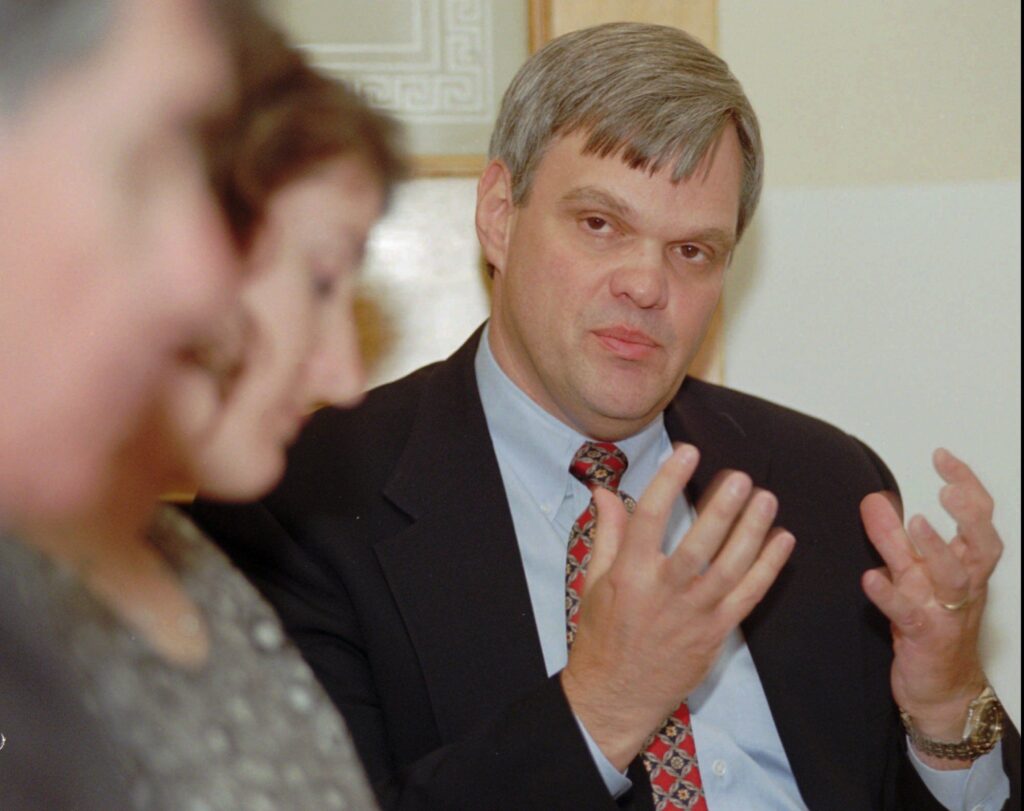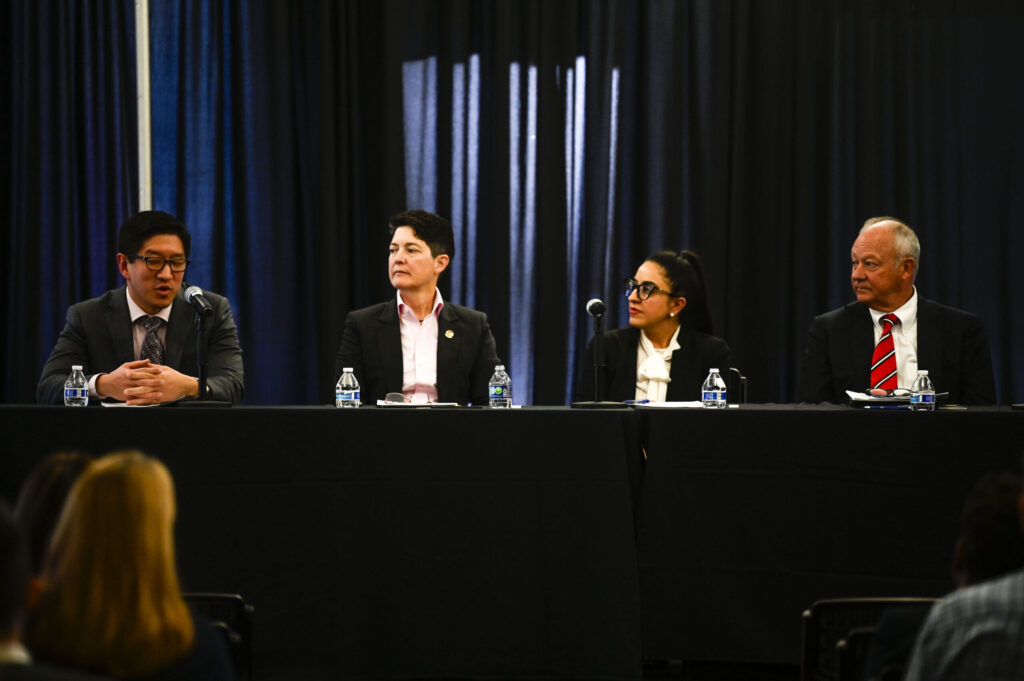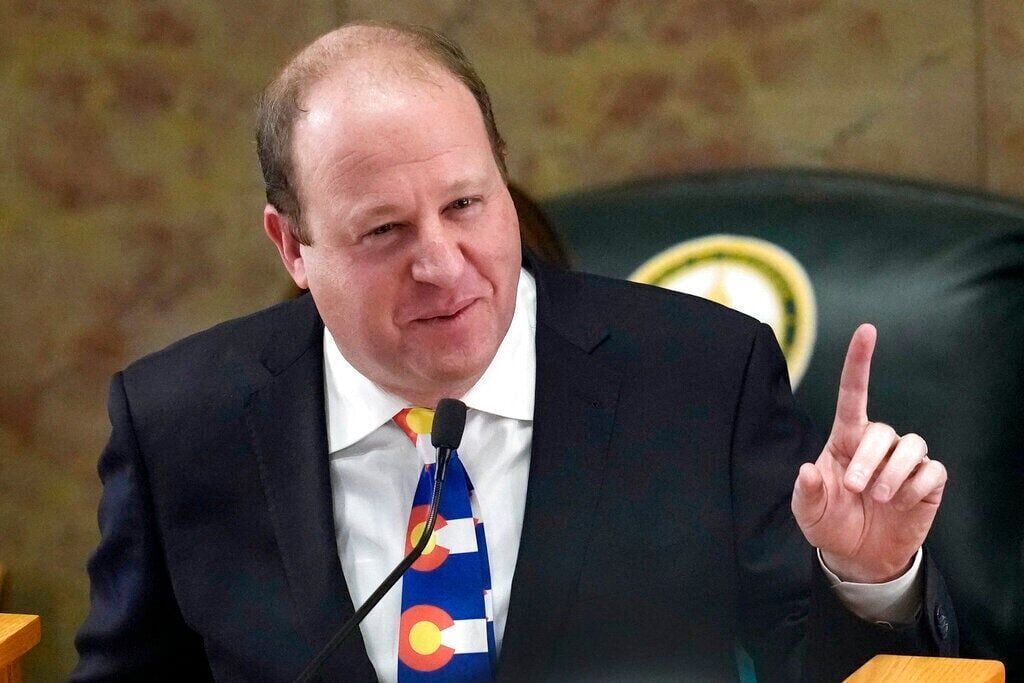Public transit ridership up in Colorado Springs, across Colorado as summer-long zero fare initiative ends

Ridership on public transit is up dramatically in Colorado Springs and has increased across Colorado as agencies statewide end a summer-long free public transportation program officials say helped more riders access jobs, education, medical care and other services.
This is the second year Colorado Springs’ Mountain Metropolitan Transit system participated in the Zero Fare for Better Air initiative, a collaborative statewide program that aims to reduce ground-level ozone by increasing the use of public transit.
Mountain Metro Transit receives additional federal funding for improved public transportation
Through a partnership with the Colorado Energy Office, MMT joined 16 other Colorado public transit agencies in offering zero fares on all bus and ADA paratransit services this year. Mountain Metro and many other agencies participated this June, July and August – Colorado’s high ozone season.
Gov. Jared Polis’ administration and the Colorado Department of Transportation also cut prices in half for most Bustang routes this August and September, an inter-regional bus service operated by the state transportation department.
Last summer Bustang had a 77% increase in overall ridership across all its routes from the same time the previous year, said Emily Haddaway, a legislative liaison for the Colorado Department of Transportation.
Some of that increase was due to ridership numbers “bouncing back” after the pandemic, but the agency still anticipates future increases. Preliminary data for August show overall Bustang ridership will increase 6%, she said.
“It’s so important that we’re able to get around the state and around our cities, and that’s what this zero-fare program has really allowed us to do this summer,” Danny Katz, executive director of the Colorado Public Interest Research Group that advocates for public transit statewide, told reporters Thursday afternoon in downtown Colorado Springs.
Colorado Association of Transit Agencies Executive Director Ann Rajewski said preliminary data show MMT in June saw an 84% ridership increase over May. Colorado Springs Councilwoman Nancy Henjum said MMT had a 62% increase in ridership this July compared to July 2022, with more than 353,000 boardings – setting the agency’s record for most passenger trips in a single month.
Question of sales tax increase to fix roads to go before Fountain voters
Rajewski said preliminary data showed public transit ridership was up across Colorado, too.
Fountain and Archuleta County in June both reported ridership increases of more than 40% over the previous month on their public transit; Durango saw a 16% increase in June over the previous month; and Vail had a 47% increase in June over May ridership, she said. Estes Park also saw an uptick in users of public transportation, Rajewski said, but she did not provide figures Thursday.
The zero-fare program helped parents and caretakers take children to libraries, swimming pools and other activities in their communities, helped riders get to their jobs, school and the grocery store, and helped them access medical services, for example, Rajewski and Henjum said.
Colorado Springs Democratic Rep. Stephanie Vigil, who along with Henjum and Katz said she too is a public transit rider, led the charge to expand the zero-fare program first established in 2022.
In its first year the initiative offered zero fares on public transit only in August. Vigil’s bill extended the program and provided flexibility to transit agencies to designate a different time during the year as their peak ozone season. The season is not strictly limited to summer; along the Western Slope, for example, the worst ozone problems are in the winter.
“I’m of the belief that transportation is a basic necessity for everyone and that we can only have equitable opportunity for all residents if our transportation planning actually accounts for all of them – every budget, every availability, every lifestyle,” Vigil said.
Katz said while the statewide initiative doesn’t require officials to measure decreases in pollution due to the program, officials know tailpipes from vehicles produce a lot of pollution. Getting people out of their private vehicles to use public transportation reduces it, he said.
“This is a tool in the toolbox that we have clearly used this summer,” he said.
Gayle Sturdivant, Colorado Springs’ interim director of Public Works, said MMT continues to “electrify” its vehicles to cut down on emissions.
This summer the agency received a federal grant to upgrade its fleet; the city intends to add six electric hybrid buses to the four battery electric buses it already has, Sturdivant said.
Katz said it is difficult to track how many riders this summer ditched their cars in favor of public transportation, but it is “reasonable to expect” that much of the new ridership were people leaving their cars at home.
“A lot of people who don’t have an option are already using transit, and so it’s reasonable to expect a lot of that new ridership are people who are choosing to ride for any number of reasons,” he said.
Rajewski said her group, the Colorado Association of Transit Agencies that runs the zero-fare initiative for agencies other than the Regional Transportation District in metro Denver, this year added a polling component for participating transit agencies to better assess ridership.
New downtown Colorado Springs transit center plans updated, councilman calls it a ‘boondoggle’
The poll asks riders questions like whether they would have used a car if they were not using the bus and what kind of trips they’re using public transportation to take, she said.
Sturdivant said she believes there are talks to further expand the Zero Fare for Better Air initiative.
The Pikes Peak Area Council of Governments is the metropolitan planning organization for the Colorado Springs area and is developing a regional 2050 long-range transportation plan that includes transit master planning, she said. Officials are considering how to optimize service and attract new riders into the MMT network as part of that plan, she said.
“It’s really laying the foundation for transit planning as we look at it in the future,” Sturdivant said.
Coloradans will again pay for public transportation beginning Friday.



